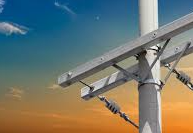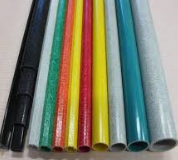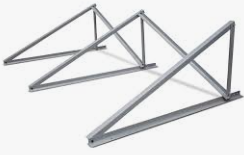About Training
The training on pultrusion machines typically involves learning about the pultrusion process, which is a manufacturing technique used to create fiber-reinforced plastic (FRP) profiles. During the training, operators learn about the machine setup, the materials used, the steps of the process, such as impregnating the fibers with resin, and the importance of quality control. Additionally, it is essential to understand safety standards and best practices to ensure a safe and efficient working environment.
The configuration of the pultrusion machine is a crucial aspect to ensure the efficiency and quality of the pultrusion process. Here are the main components and considerations in the configuration of a pultrusion machine:
1. Machine Structure: The machine generally consists of a robust structure that supports all components and withstands the forces involved in the process.
2. Feeding System: The fibers (such as fiberglass or carbon) are fed into the machine. The configuration should ensure that the fibers are properly aligned and that the amount of material is adequate.
3. Resin Tank: The resin is used to impregnate the fibers. The tank should be configured to maintain the resin at an appropriate temperature and allow for the mixing of additives if necessary.
4. Impregnation System: This component is responsible for ensuring that the fibers are completely impregnated with the resin. The configuration should allow for precise control of the amount of resin used.
5. Mold: The mold is where the impregnated fibers are shaped into the desired form. The configuration of the mold should be made according to the specifications of the final product, including dimensions and shape.
6. Heating System: Heating is essential for curing the resin. The configuration should include heating elements that maintain the appropriate temperature throughout the mold.
7. Pulling System: This system pulls the material through the mold. The pulling speed should be adjusted to ensure that the resin cures properly and that the final product has the desired properties.
8. Quality Control: It is important to have monitoring systems in place to check the quality of the product during the process, such as temperature and pressure sensors.
9. Safety: The configuration should include safety devices to protect operators, such as emergency stops and guards around moving parts.
Each machine may have specific characteristics, so it is important to follow the manufacturer's guidelines and conduct tests to optimize the configuration for the type of material and product being produced.
Our Training
Fiberglass crossarms are components that support cables and equipment on electric power poles. They are made of polyester resin reinforced with fiberglass.

Fiberglass tubes are tubes made of resin and fiberglass, also known as FRP (Fiberglass Reinforced Plastic). They are widely used in various fields such as construction, engineering, boating, and sports.

The fiberglass structure for solar panels is an economical, durable, and corrosion-resistant option. It is also customizable, allowing it to be adapted to the needs of each project.
